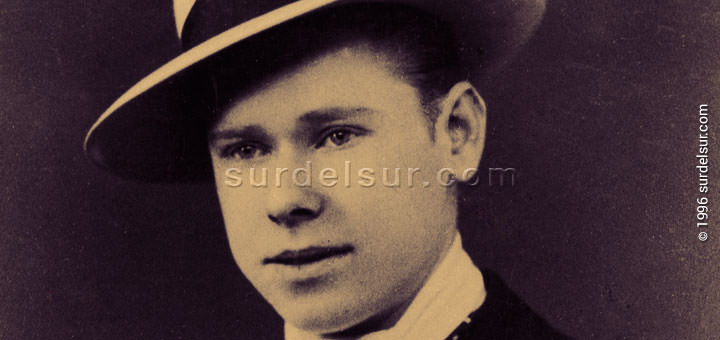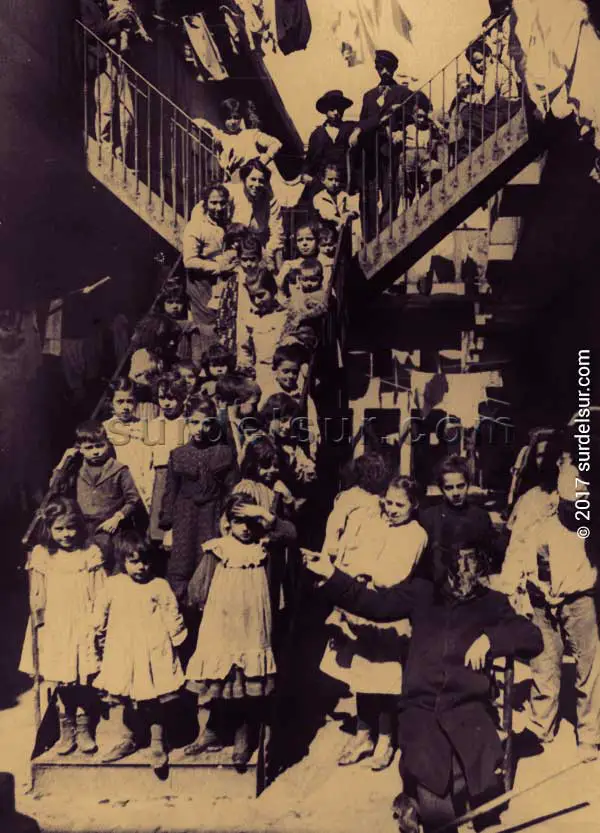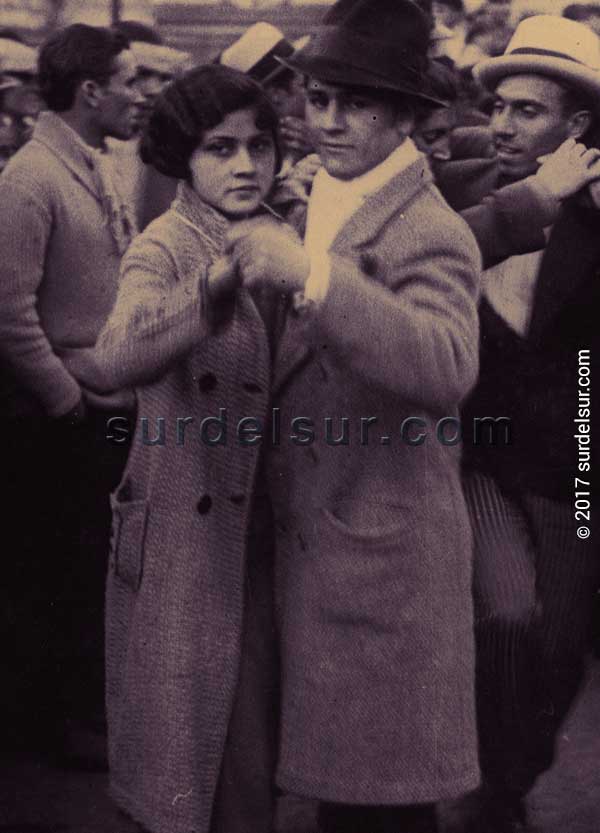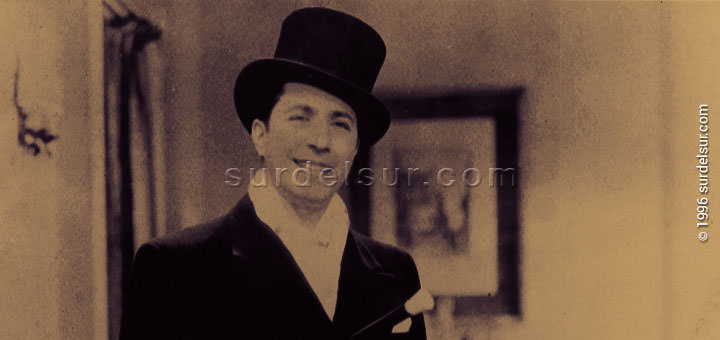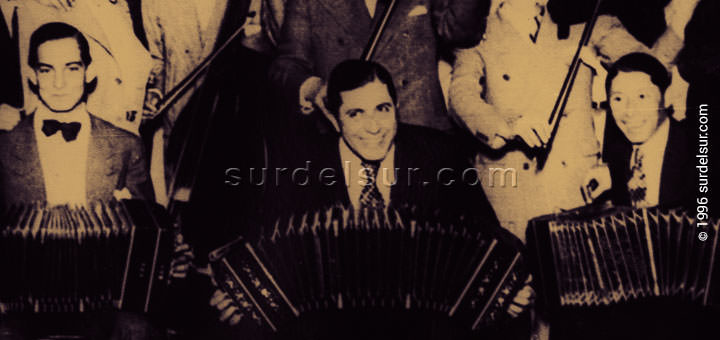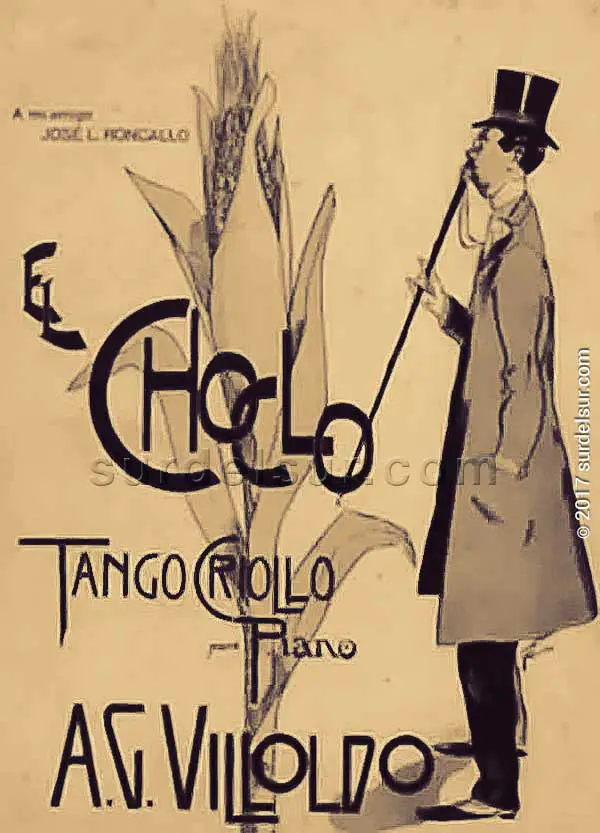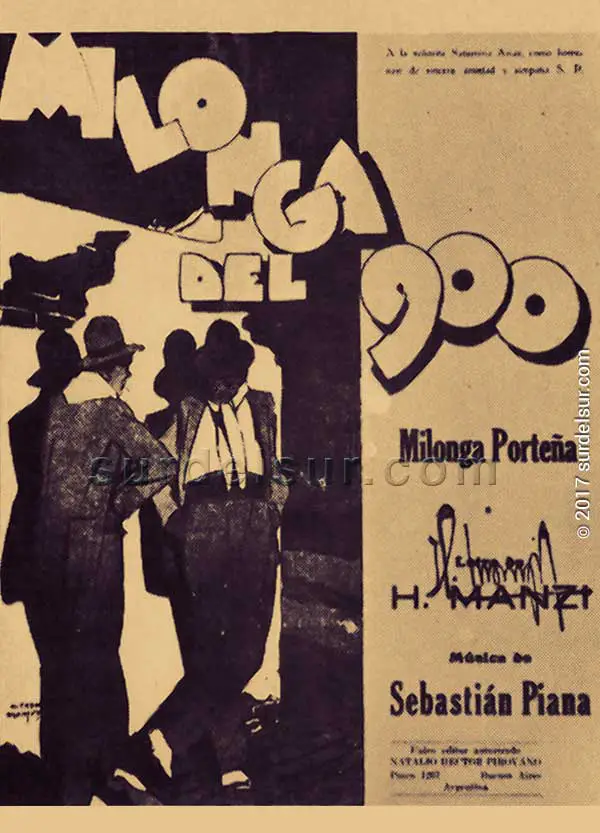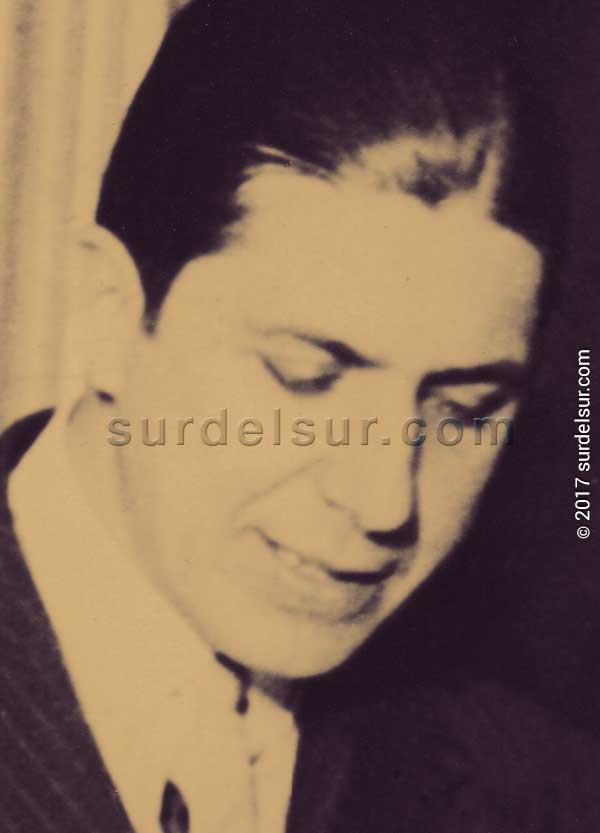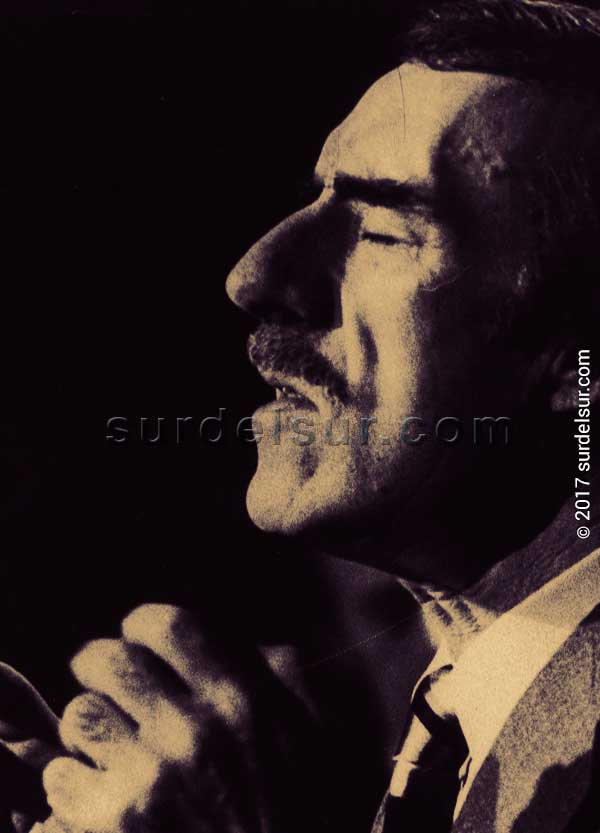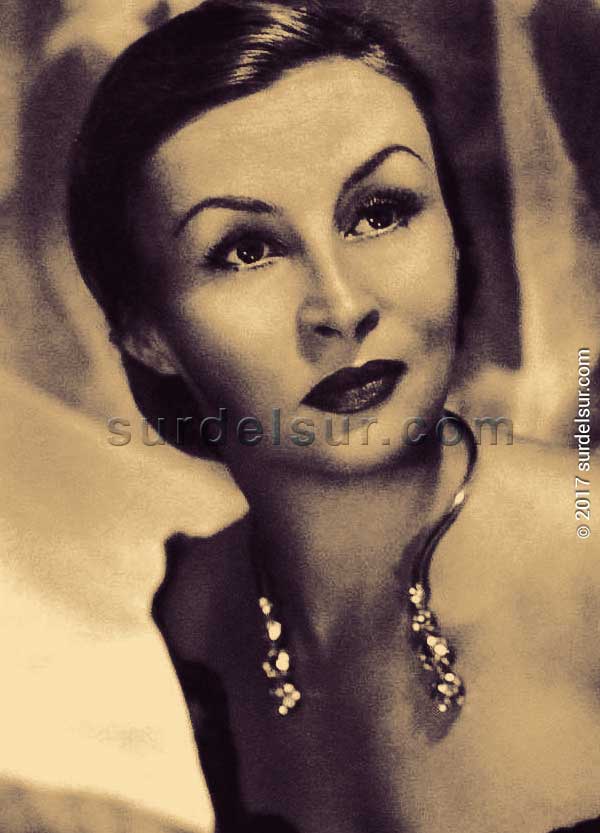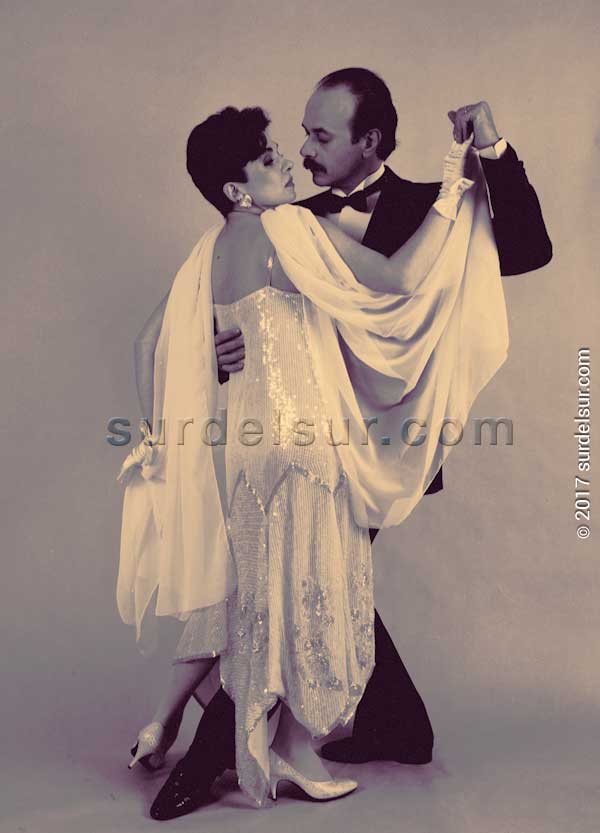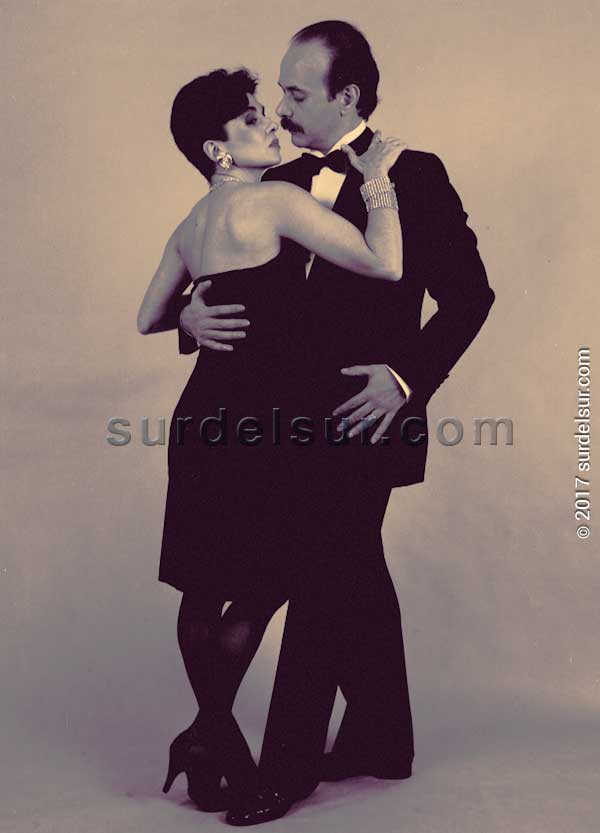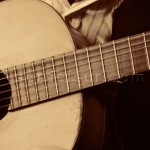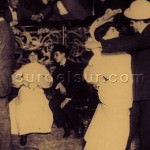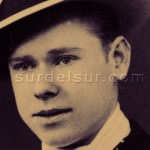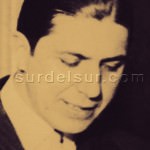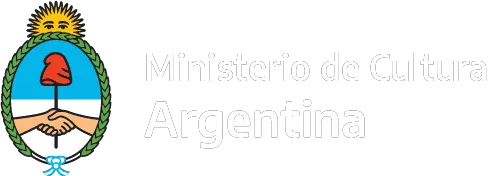Origin of Argentine Tango
Undoubtedly, Tango Argentino holds a privileged position in the representation of the Argentine abroad. While, basically, it is known as a dance and a music which can be sung, tango also contains a particular language – lunfardo -, certain usages and customs, and even a characteristic philosophy identifying tango people.
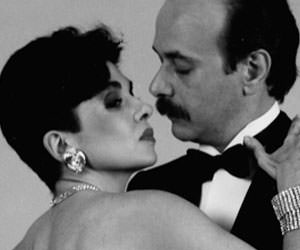
Article of the guest columnist for surdelsur.com
At an international level, in order to distinguish it from so many other forms that appear in dance halls, it is known as Argentine tango or Tango Argentino. It was this which gave rise to all the other forms.
Tango as a Popular Expression
The birth of tango argentino took place towards mid-19th century, with the formation of dwelling conglomerates around the young city of Buenos Aires.
Those who lived there, peasants from inland, European immigrants and some disadvantaged porteños (born in Buenos Aires) made up a new social class.
Perhaps as a way of identifying themselves as a group and of feeling they belonged in their new home, they began to create cultural expressions derived from this mixture. This was the start of tango, characterized by its extremely closed codes, which were only accessible to the working classes
The Tango Dances
Due to this impossibility of understanding by other audiences, the diffusion of tango was difficult and was basically approached through dance, which was earlier than tango itself in its most characteristic musical format (let alone sung tango, which arrived much later). It is clear that tango culture, understood as some particular usages and customs, is earlier than tango as an artistic expression. Salon dances involving a man and a woman embracing were the precedent for tango, which was refined until it became what has long been known as tango.
Somebody said: -Tango is something else than a soft wave turned into music, it is the deepest dance in the world -, and he who spoke these words was not Argentine. The truth is that it must be acknowledged that it represents the last step in the universal dance evolution as regards dances of mixed couples.
The Themes of Tango Lyrics
What started with dance was eventually coming of age in the expert hands of great men, who, inspired in the popular melting pot, captured the richest part of the Buenos Aires culture in their compositions. Themes always refer to the ordinary man and his problems, the city and memories. Thus, tango becomes a portrayal of Buenos Aires and its people. For this reason, undoubtedly, since the best of the Buenos Aires culture is carried in each song, tango gained ground abroad.
Famous Tangos: A Universal Classic
Taking the risk of making serious omissions, it can be said that among the tangos of widest renown are: La cumparsita, El choclo, El entrerriano, Quejas de bandoneón, A fuego lento, La yumba, Uno, Milongueando en el ’40, Danzarín, Verano porteño, Adiós nonino, etc.
To learn more about the first tango sung view Carlos Gardel: La voz del tango available only in Spanish.
Tango Stars
Tango Musicians
As regards musicians, it is worth mentioning: Armando Pontier, Osvaldo Pugliese, Anibal Troilo, Julio de Caro, Horacio Salgán, Mariano Mores, Astor Piazzolla and many others.
Tango Poets
Among the most outstanding lyricists: Homero Manzi, Alfredo Le Pera, Celedonio Flores, Homero Expósito, Horacio Ferrer, Cátulo Castillo and Pascual Contursi, from a long list
Tango Singers
And, when it comes to singers, it is impossible to omit the greatest one
of all times: Carlos Gardel, who became the prototypical figure of the porteño, beyond his voice or his way of performing tango.
Furthermore, among the singers are: Edmundo Rivero, Angel Vargas, Alberto Castillo, Hugo del Carril, Roberto Goyeneche and Alberto Marino, aside from female voices such as Azucena Maizani, Libertad Lamarque, Nelly Omar, Alba Solis and María Graña.
Tango Dancers
As it was already noted, tango is much more than music and it is thus impossible to leave aside dance. Among the best dancers it is worth including: Benito Bianquet, Casimiro Ain and Tito Lusiardo, as regards the older generations; and among the contemporaries: Juan Carlos Copes and María Nieves, Nélida and Nelson, Gloria and Eduardo, Mayoral and Elsa María, Virulazo and Elvira, María and Carlos Rivarola and the Dinzels.
All of them were members of the original cast of Tango Argentino, which was a great success in Broadway. Created and directed by Claudio Segobia and Hector Orezzoli, this show was one of the most recent relevant events within the genre, which is nothing more than the evidence that, for the last ten years, tango reached an important position in the international artistic panorama, such as it deserved.
To learn more about the relationship between lunfardo and tango, see the report The Lunfardo and the Tango
References
All graphic material in this report is edited digitally. The customized version by surdelsur.com shown on this page is performed based on the following documents:
- Dinzel, Gloria y Rodolfo (Tango dancers)[Photographs] Photographs of the dancers performing tango. Buenos Aires, Argentina.
- Archivo Fotográfico de la Nación, [Ancient Photographs] The immigration. Photographic Archive Buenos Aires, Argentina.

